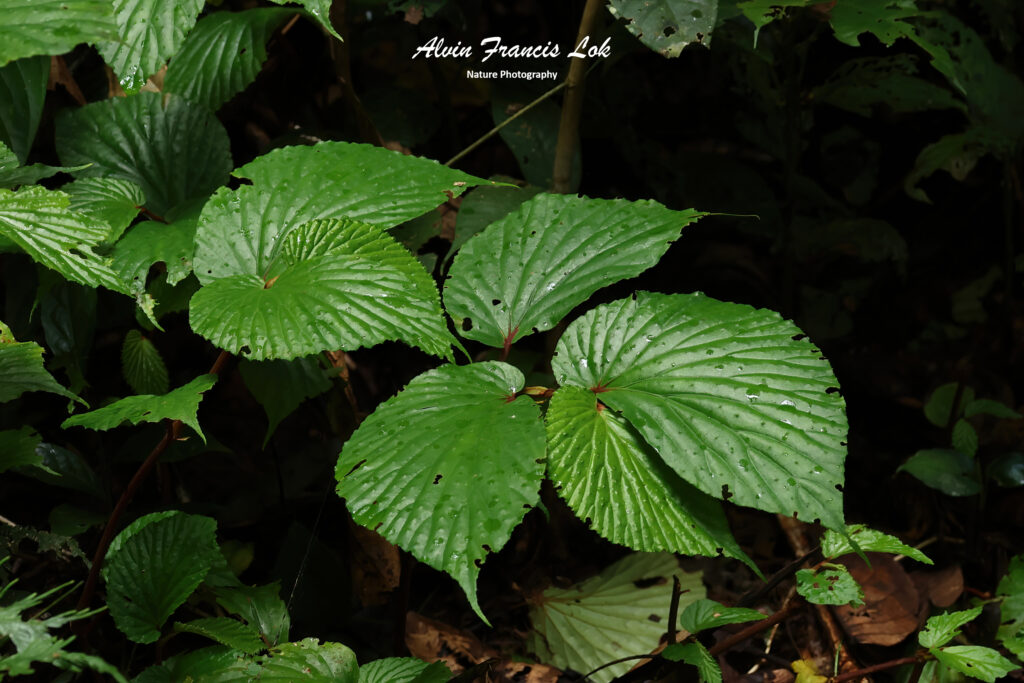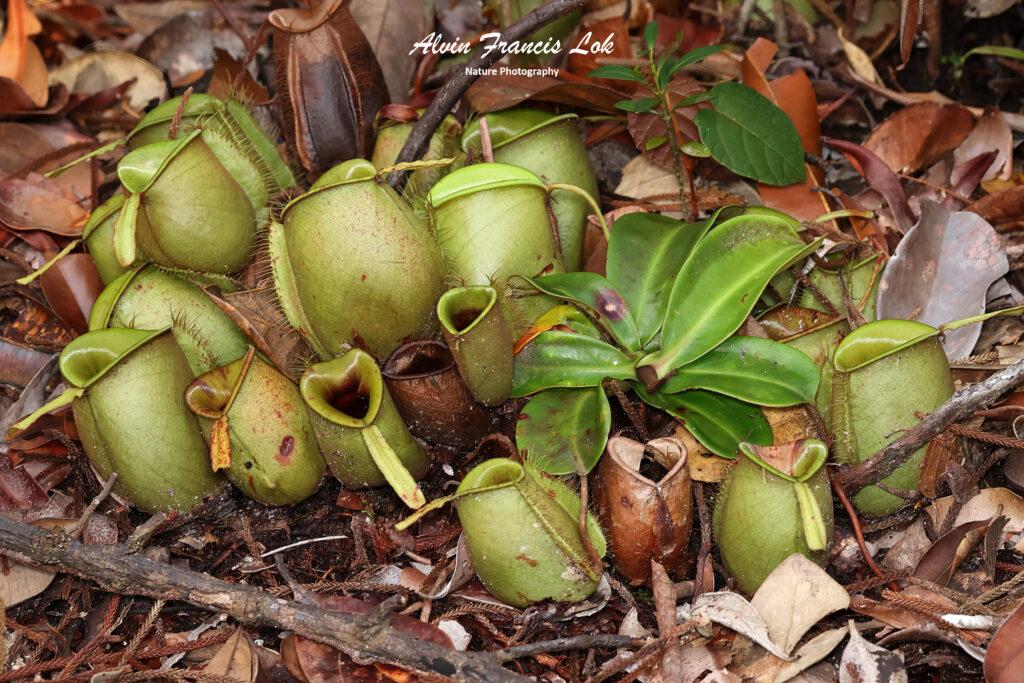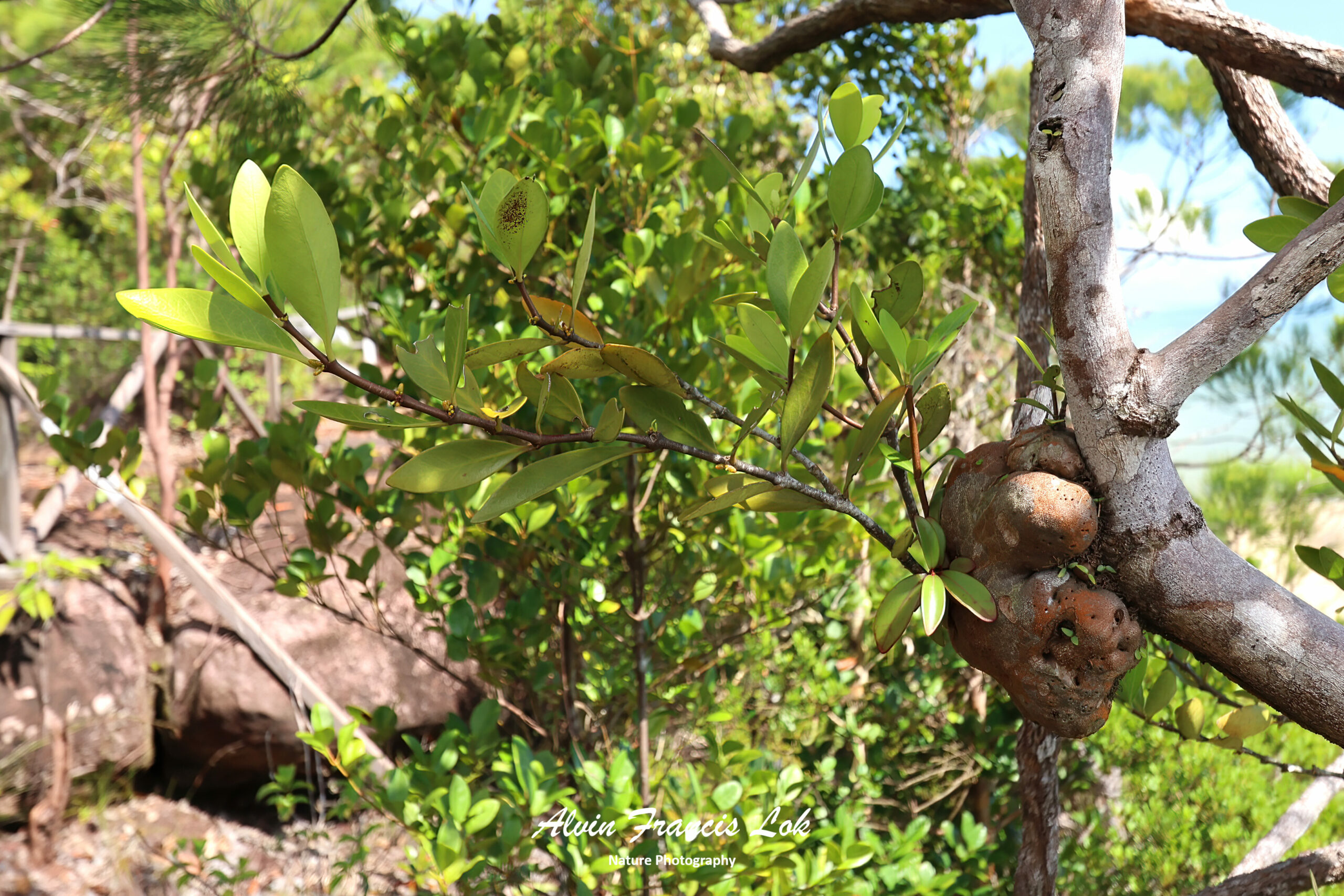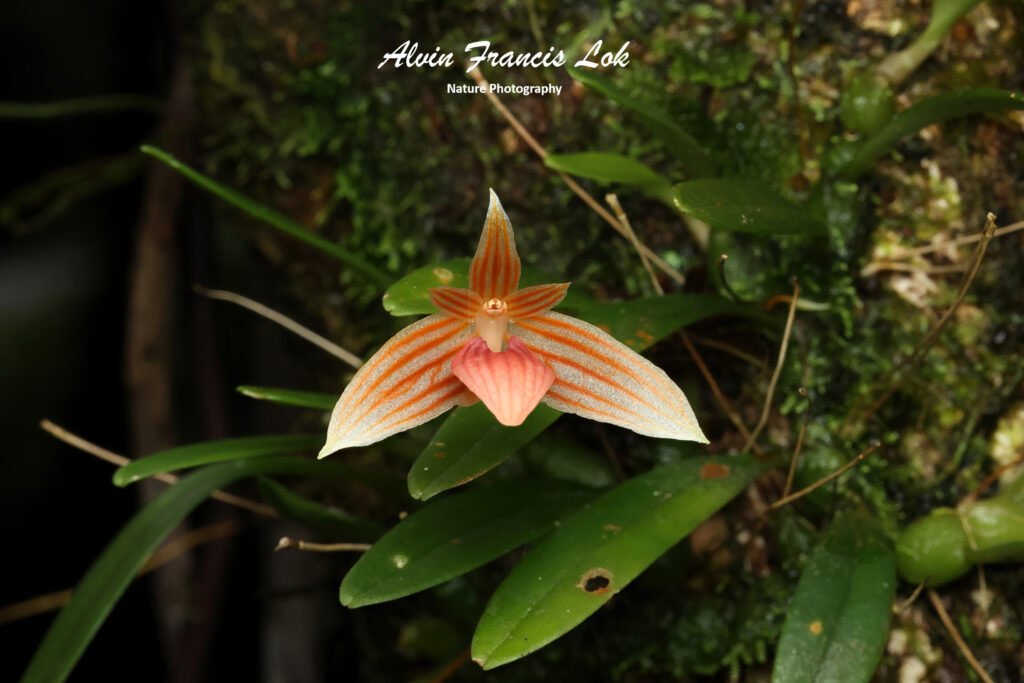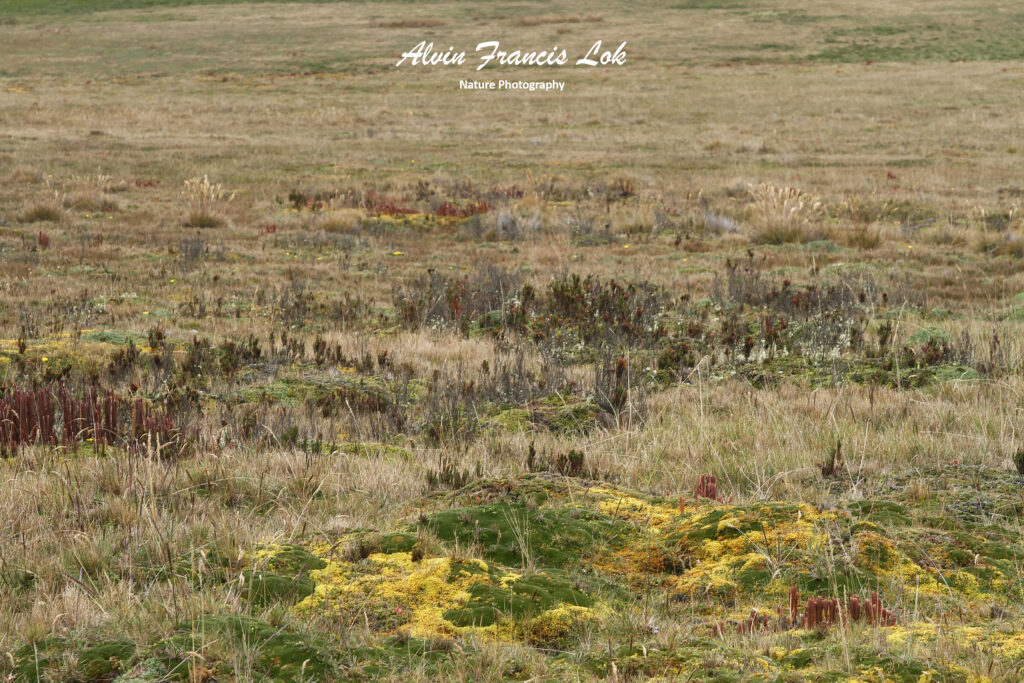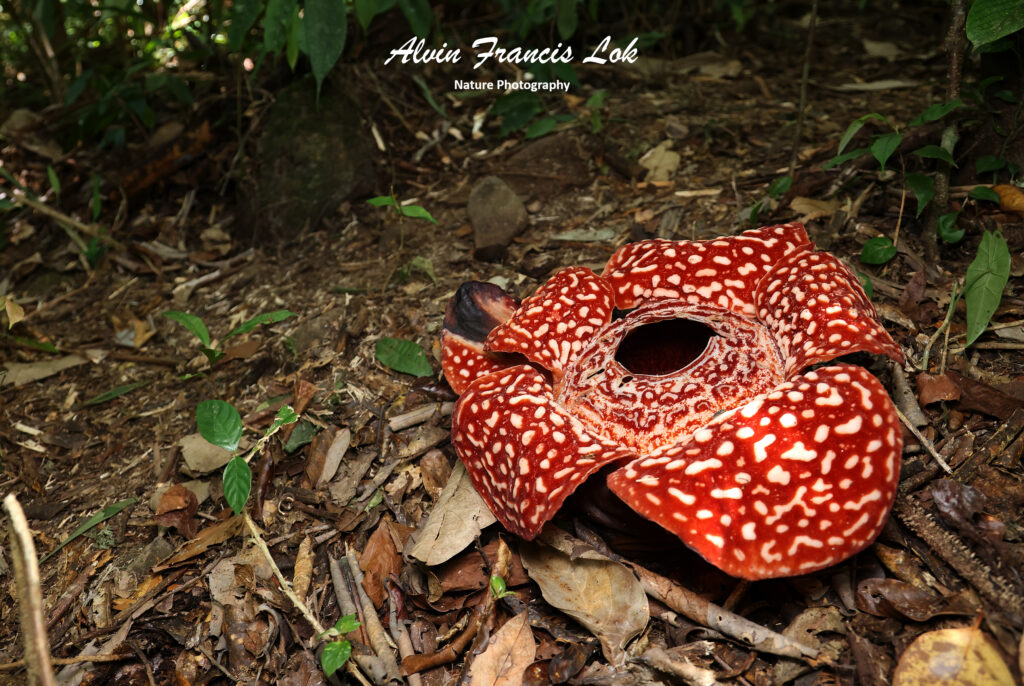Plants are the eukaryotes that form the kingdom Plantae. They are predominantly photosynthetic, obtaining their energy from sunlight, using chloroplasts derived from endosymbiosis with cyanobacteria to produce sugars from carbon dioxide and water, using the green pigment chlorophyll. Some plants have lost the genes for chlorophyll and photosynthesis and obtain their energy from other plants or fungi and have evolved a parasitic means of nutrition.
There are about 380,000 known species of plants, of which the majority, of which 260,000 are seed producing. They range in size from single cells to the tallest trees. Green plants provide a substantial proportion of the world’s oxygen. The sugars they create supply the energy for most of Earth’s ecosystems and other organisms, including animals, either consume plants directly or rely on organisms which do so.
Plants are distributed almost worldwide. While they inhabit several biomes which can be divided into a multitude of ecoregions, only the hardy plants such as algae, mosses, liverworts, lichens, and just two flowering plants, have adapted to the prevailing conditions of the Antarctic. Similar types of plants also inhabit other ecosystems such as freezing mountain tops.
Plants are often the dominant physical and structural component of the habitats where they occur. Many of the Earth’s biomes are named for the type of vegetation because plants are the dominant organisms in those biomes, and these include grassland, savanna, and tropical rainforest.
In this section, plants will be grouped either into families/ genus of interest, their mode of nutrition (Parasitic, carnivorous plants…), symbiotic associations (e.g., Mymecophytes…) or vegetation type.
Source: Wikipedia

